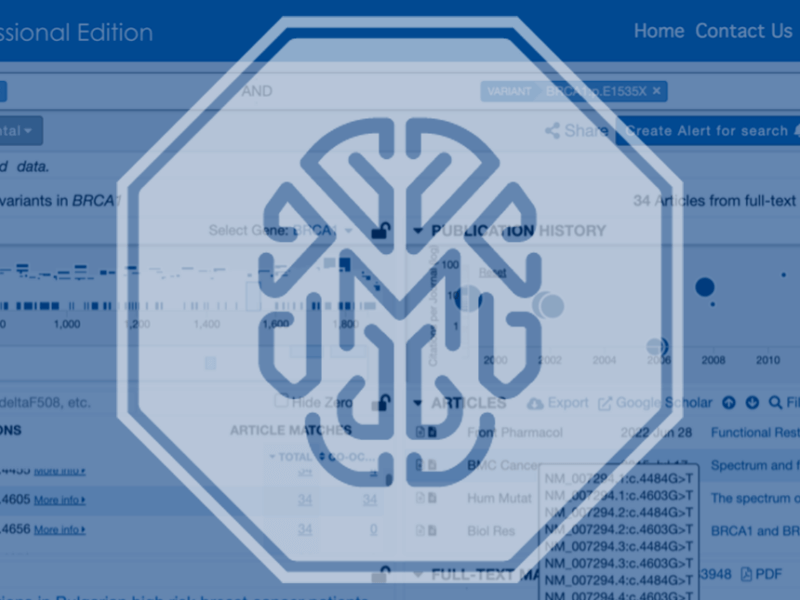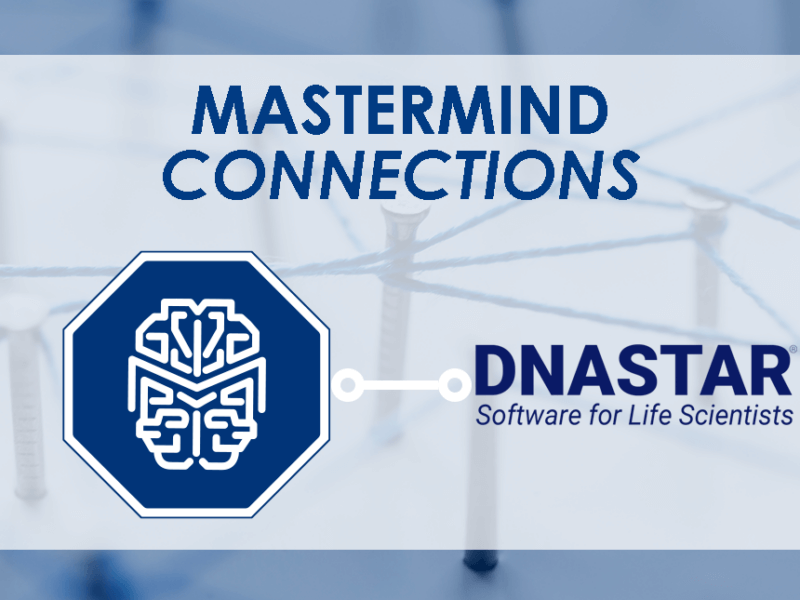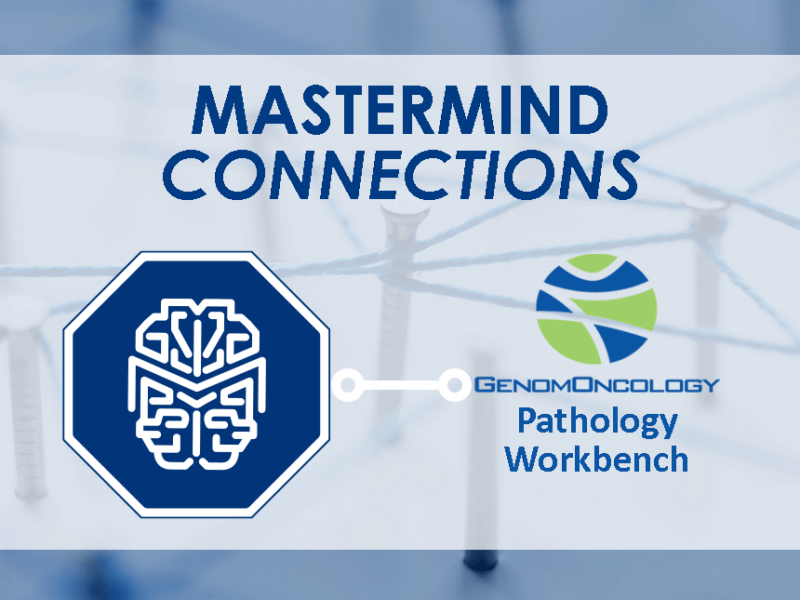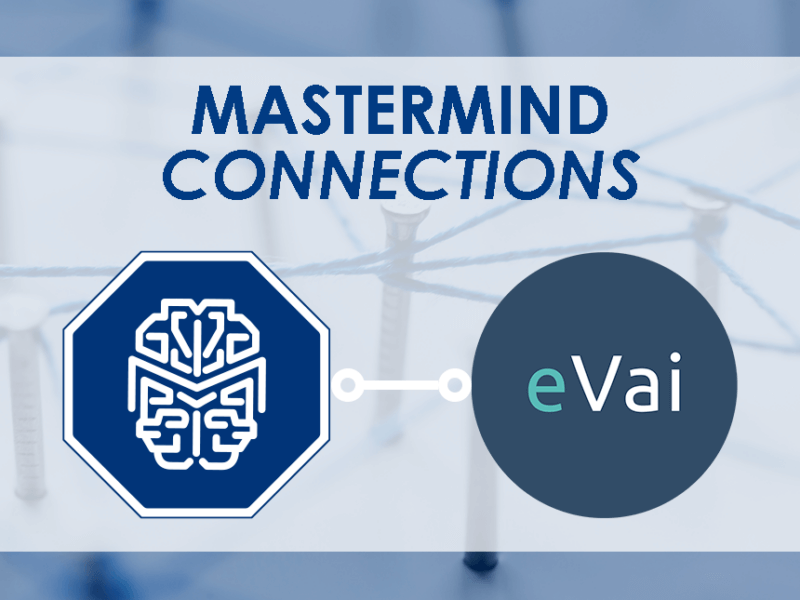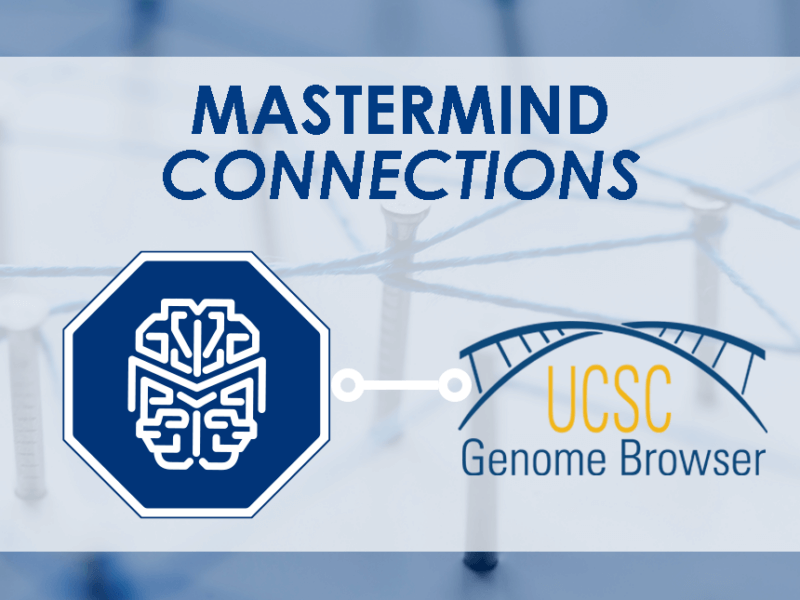Searching SNVs: Variant Nomenclature Options and Strategies
How to decide whether to search by protein, cDNA, or genomic position? And how does Mastermind treat those inputs differently? In this blog, we’ll explore strategies for searching single nucleotide variants (SNVs) and ways to get optimal results.
Mastermind Connection: DNASTAR Lasergene Software
DNASTAR’s Variant Annotation Database (VAD), included in Lasergene Genomics, is now integrated with the Mastermind Genomic Search Engine. With this integration, Lasergene users can now quickly and easily search and cross-reference NGS variant data from millions of PubMed publications.
Mastermind Connection: GO Pathology Workbench
GO Pathology Workbench by GenomOncology is an end-to-end solution that integrates directly with lab sequencers, annotates detected variants, matches patients to clinical trials, provides data on recommended and adverse therapies, and produces a comprehensive summary report.
Mastermind Connection: eVai
Our team is always excited when a new partner integrates with Mastermind, and I’m pleased to share that enGenome has integrated Mastermind Genomic Search Engine results into its eVai variant interpretation platform.
Mastermind Connection: UCSC Genome Browser
The UCSC Genome Browser provides free, public access to genome assemblies, allowing researchers and clinicians the opportunity to search the genomic data of humans and many other species. Academics and researchers have been utilizing this interactive suite of tools, evidence, and downloadable data files for nearly 20 years.
Top Cited Genomic Variants in 2017 – Highlighting EGFR p.C797S
Original version of this post was previously published on the Enlightenbio Blog on January 1, 2018 by Brigitte Ganter. Dr. Mark Kiel (CSO and co-Founder at Genomenon) and Lauren Chunn (Data Processing Analyst at Genomenon) were able to mine the Mastermind database of genomic variants and analyze the trending citations of widely covered variants in the …
